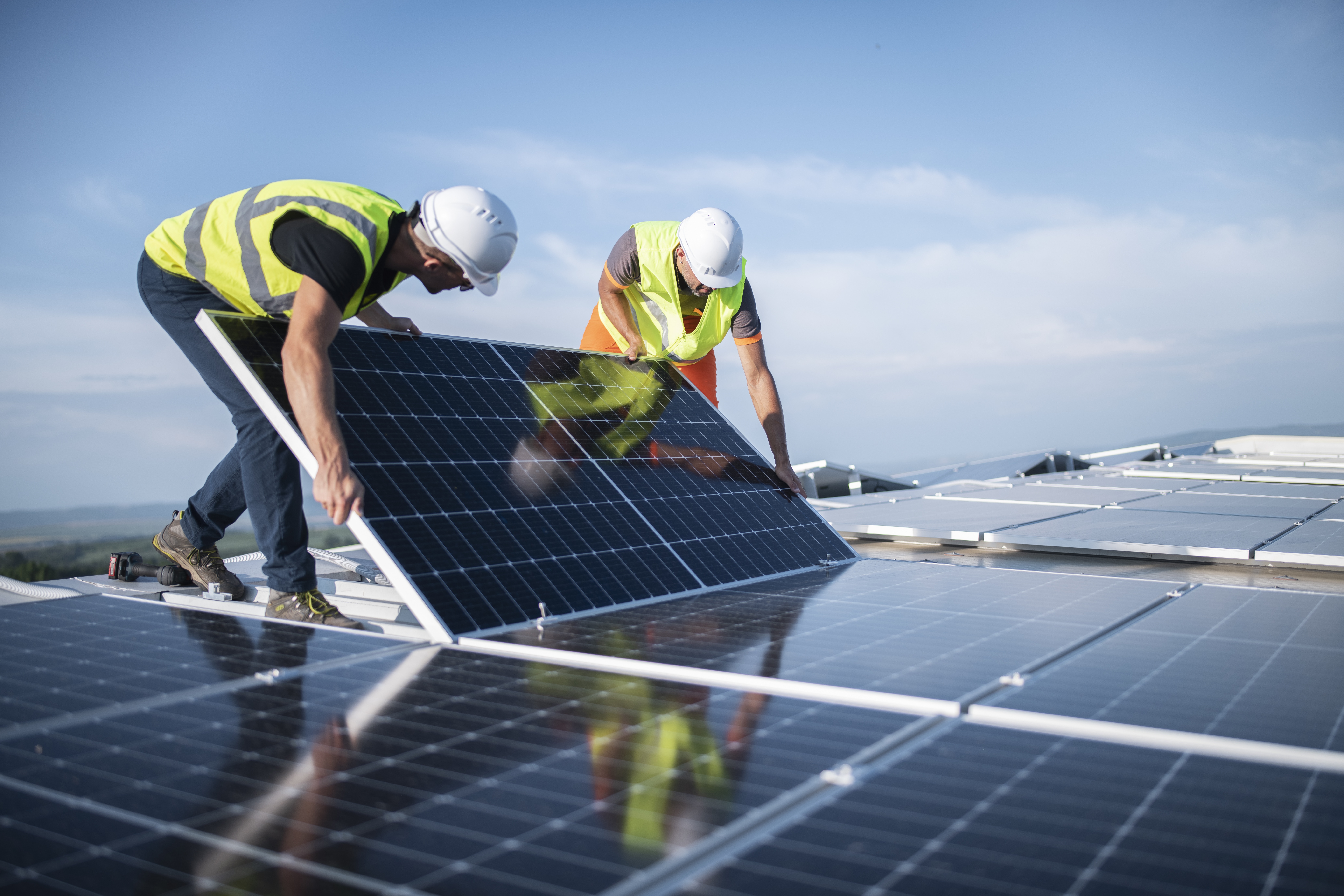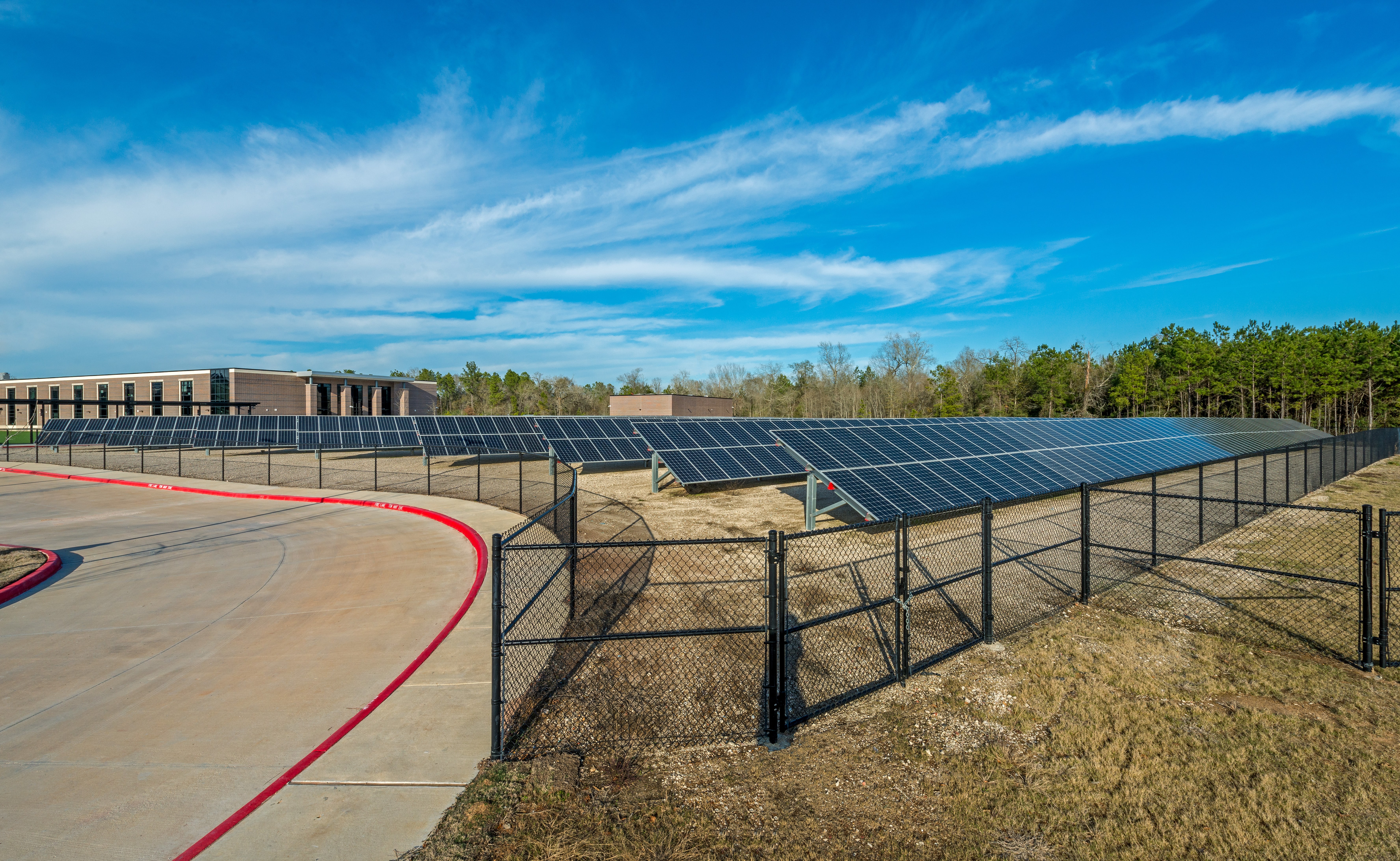
Zeroing In
Excerpt from Civil Engineering Magazine
The idea of designing buildings that generate as much energy as they use goes by many names. “Whether people are talking about net zero, zero net, or zero energy, it’s basically all the same thing,” says Paul Torcellini, Ph.D., P.E., a principal engineer for the Commercial Buildings Research Group at the U.S. Department of Energy’s National Renewable Energy Laboratory (NREL) in Golden, Colorado. The different terminology is largely regional, he says. Those on the West Coast tend to refer to zero-net energy, while those on the East Coast prefer net-zero energy, but policy makers and federal groups have opted for the more streamlined zero energy. Regardless of what it is called, however, “the nice thing about the whole zero-energy discussion is that it is a goal that can be measured operationally about a building,” Torcellini says. “At the end of the day, you want to look at the meter and say, ‘Have I bought as much energy as I have sold?’ And it’s kind of as simple as that—conceptually.”
EUI is the metric by which we decide how efficiently a building performs. It starts by trying to create a building that has the lowest possible initial EUI. Then getting to net zero becomes a lower hurdle to clear.
It may sound simple, but the end result remains challenging. To attain zero-energy status, a building or site must, over the course of a year, generate as much energy on-site as it consumes, or export as much energy from its own on-site generation as it purchases from the grid. Typically, most zero-energy buildings generate that energy from renewable sources.


